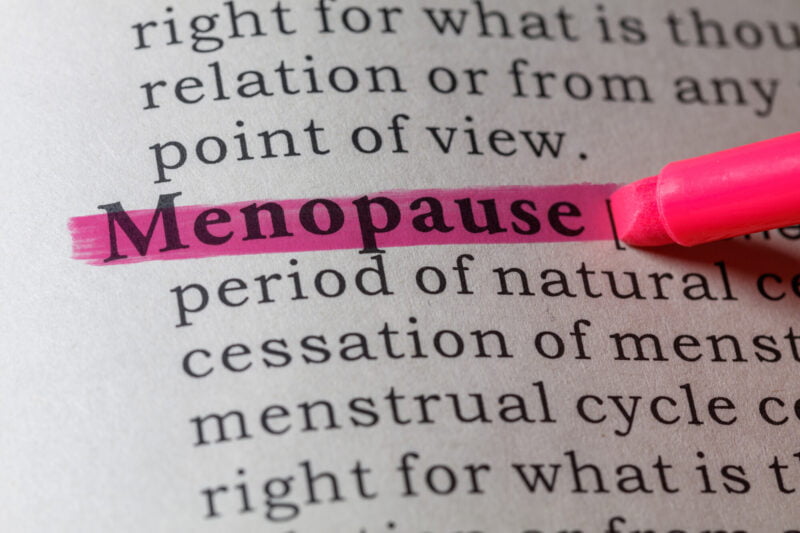According to the Rural Health Information Hub, there are over 46 million adults age 65 or older in the United States. Aging is an undeniable part of life, but crossing that threshold is scary for many adults. Most of them don’t know what to expect as they get older, and sometimes the body’s response to aging is unpredictable.
That’s why it is critical to learn about potential symptoms of aging and how to best prepare oneself for them.
This guide will cover the stages of menopause, an aging milestone for all women. Keep reading to learn the signs of each stage, as well as what to expect day-to-day.
1. Perimenopause
Perimenopause is the first stage of menopause. During this stage, women start progressing from having regular periods and ovulation cycles, to more irregular periods. Periods could start happening closer or farther apart than once a month.
A woman’s flow could also become lighter or heavier.
During the perimenopause stage, it is normal if a period is late. However, it is important to keep in mind that during perimenopause, a woman can still become pregnant. Women may also begin to experience symptoms of perimenopause.
Symptoms include, but are not limited to, hot flashes, sweating, mood changes, and fluctuations in weight.
As far as when to expect perimenopause, it occurs for women in their late 40s or early 50s. However, it is not uncommon for women to experience premature menopause, which can occur before the age of 40.
2. Menopause
12 months without a period is one of the biggest signs perimenopause is ending.
This is the indicator of stage two. Much like the previous stage, women may experience hot flashes and mood swings. However, additional symptoms, like vaginal dryness, trouble sleeping, thinning hair, and a lowered sex drive, are also common.
Some women are nervous in anticipation of these changes and want to know when exactly to expect them. A menopause age calculator that may help predict the onset of menopause. BMI, substance use and prior vaginal health and history are all factors that impact onset.
However, some physicians argue that the age your mother experienced menopause is the most predictive, as this progress is strongly genetically linked.
3. Postmenopause
After a year without a period, women will have transitioned into the postmenopausal phase. Some symptoms of menopause may still occur but should subside within a few years. Once women experience this stage, vaginal bleeding is no longer normal.
If bleeding occurs, women should visit a physician right away.
Preparing for the Stages of Menopause
Although this process is unavoidable, it is possible to ease the transition.
When a woman starts perimenopause, they should visit their OBGYN or gynecologist for evaluation and treatment. They may be able to prescribe hormone therapy to help regulate the symptoms.
If hormone therapy is not an option, they may be able to suggest lifestyle changes, such as engaging in regular exercise, eating a healthy diet, and staying hydrated.
Safe and Successful Aging
The stages of menopause might be overwhelming and scary. However, this is a normal part of aging that any woman can get through successfully.
For additional health information, check out our site for more resources!




